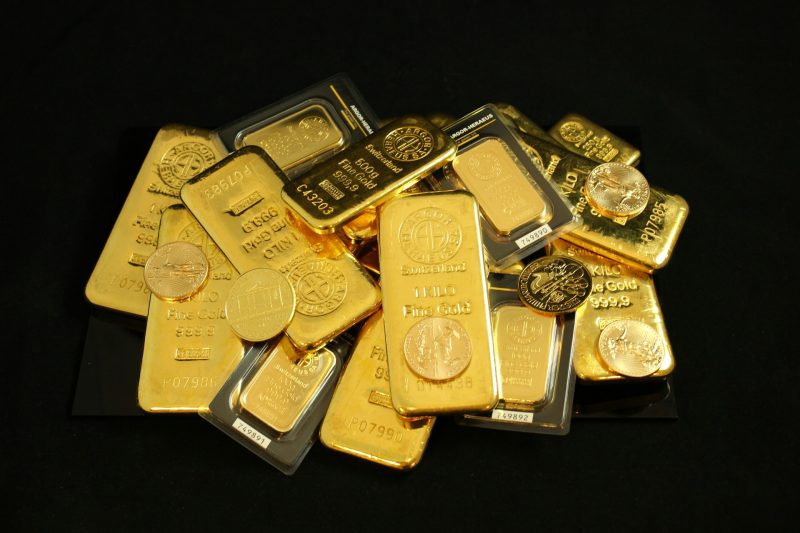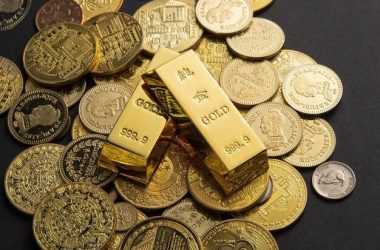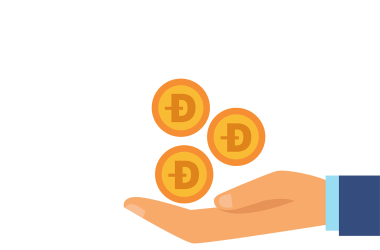Many factors can affect how much gold is available at any given time.
Mining, for example, is the most significant source of gold, according to U.S. Money Reserve President Philip N. Diehl. But after decades of excavation efforts, finding and removing the precious metal has become far more complicated.
“The easy-to-mine gold — the high-quality veins — has been found all over the world,” says Diehl, who served as the 35th Director of the U.S. Mint. “That gold is largely out of the ground.”
Political and other conflicts in the regions where precious metals are mined can also delay their production.
Reduced silver output from Peru, for example, which experienced social unrest in 2022, contributed to the record 253-million-ounce deficit of silver that year, according to the Silver Institute. The country again experienced periods of instability in 2023, the nonpartisan Council on Foreign Relations says, which included political protests that deterred silver mining activity.
Similarly, because of mining legislation Mexico’s government passed in 2023 — which affects land contracts’ length and includes financial, ecological, and administrative obligations mining companies are subject to — the U.S. Department of Commerce’s International Trade Administration predicted in November 2023 that mining-related investment in Mexico would slow down.
Regional challenges can result in higher production costs and prices, Diehl says.
“New gold coming into the marketplace must draw a higher price to justify the mining and processing of it,” he says. “That is creating a long-term increase in gold prices. That higher-risk premium exists because of the political instability under which miners operate.”
Additional Influences
Strong interest at a given time from certain entities can also diminish the amount of available gold.
Central banks, for instance — which are interested in gold because of its performance during crisis periods and its status as a long-term store of value, according to a World Gold Council survey — added growing quantities of the precious metal to their reserves between 2009 and 2018.
By the end of that period, the precious metal comprised approximately 10% of all central bank foreign exchange assets, according to the Official Monetary and Financial Institutions Forum.
Between 2021 and 2022, central bank gold purchasing rose 152%, reaching the highest level since 1950, according to the World Gold Council.
In 2023, central bank buying “maintained a breakneck pace,” according to a World Gold Council report, with annual net purchases almost reaching 2022’s record level.
Based on their recent buying — as of January 2024, banks had made eight consecutive months of purchases — and the limited selling they engaged in that month (January), the World Gold Council says it anticipates that 2024 will be “another solid year of central bank gold demand.”
While central banks at one time considerably contributed to the amount of gold flowing back into the market by selling some from their vaults, that’s changed in the past decade or so, according to Diehl.
“Central banks now are net buyers of gold,” he says. “That has had a significant impact on the market because no longer do you have central banks putting gold into the market; now they’re taking gold out of the market, and that is driving up overall demand.”
Gold’s Historic Appeal
Recycling can add to the available amount of gold; unlike metals such as silver and platinum, gold, says Diehl, isn’t typically consumed in manufacturing applications.
“Gold tends to be held in a vault somewhere or used in jewelry,” he says. “When times are hard in a country, often gold will come back into the market. During the 2008 Financial Crisis, there was a huge flowback of gold into the marketplace. You see this in countries all over the world when there’s a political or economic crisis. The citizenry will sell gold to have more financial resources immediately available.”
U.S. Money Reserve reviews shared on various online platforms indicate that individual portfolio holders appreciate both the liquidity and long-term performance gold can provide — as well as the assistance U.S. Money Reserve provides when these investors decide to reduce or increase the amount of gold they own.
“When I need to sell my assets, I have worked with [a U.S. Money Reserve Account Executive] most of the time tracking the process in obtaining my money, and she is a joy to work with,” Dan K. says in one of the U.S. Money Reserve reviews on the Better Business Bureau website. “Overall, I am very pleased with my experience.”
U.S. Money Reserve offers a unique buyback commitment, which lets clients return certified coins they’ve purchased that are in their original condition in the sealed container within 30 days for a full refund, excluding shipping, handling, and insurance costs.
U.S. Money Reserve clients Jimmy and Lorraine R. were able to take advantage of the policy when, after purchasing coins from the company, they found themselves in a challenging situation.
“U.S. Money Reserve is true to their contract,” the couple says in one of the U.S. Money Reserve reviews on the Better Business Bureau website. “My family and I had an unfortunate turn in our life, and we requested a refund. We received our refund quicker than we could imagine.”
Other portfolio holders, including James E., also praise the assistance they receive from U.S. Money Reserve. James purchased gold after discussing his knowledge about it and his goals with a representative from the company.
“I needed to get [out] of one IRA,” James says in one of the U.S. Money Reserve reviews on Google. “Within one day, I had my IRA transferred and backed by gold. What a relief.”
In another one of the U.S. Money Reserve reviews on Google, Kenneth P. commends the Account Executive who helped with his transactions.
“We find her to be very efficient,” Kenneth says. “We have prospered under her supervision of our gold and silver selections and have been exceedingly pleased with her guidance.”
Edward S. transitioned from a 401(k) — which he says had been losing money — into gold.
“That is making me more return on my investment,” Edward states in one of the U.S. Money Reserve reviews on the Better Business Bureau website. “Everyone I have [been] talking to has answered all my questions…. I feel safe and secure.”










